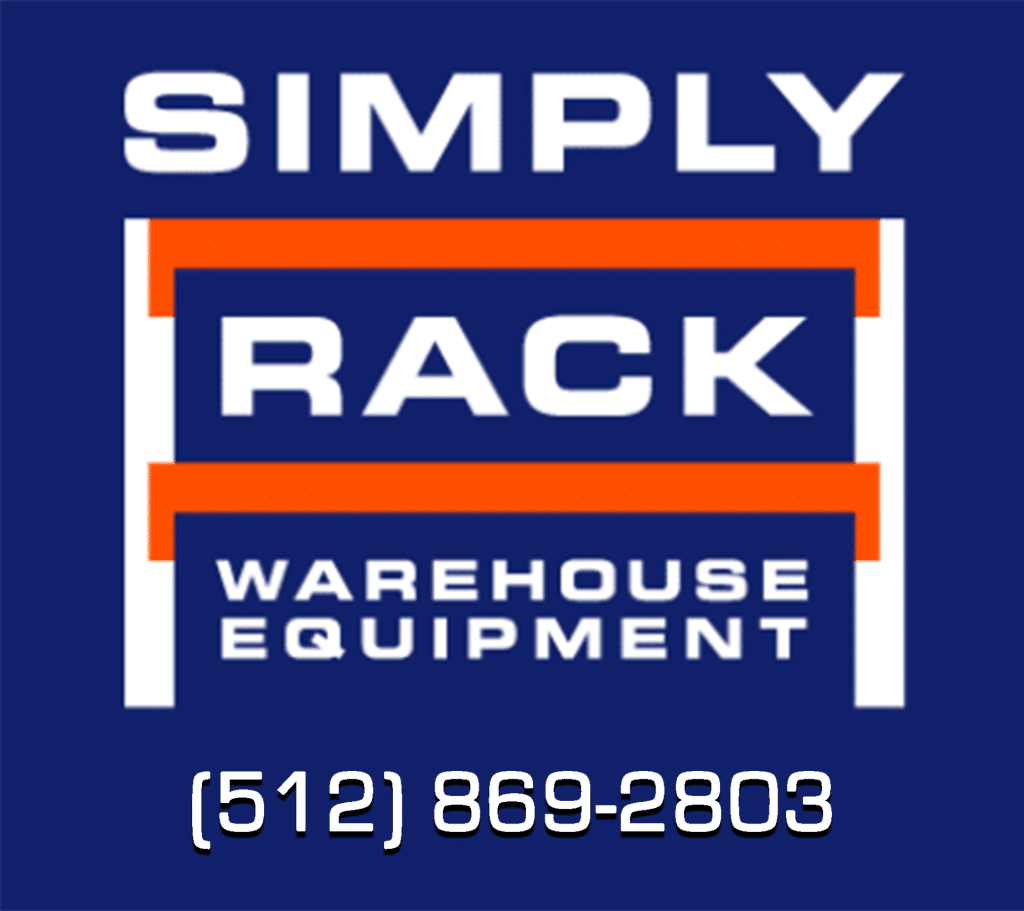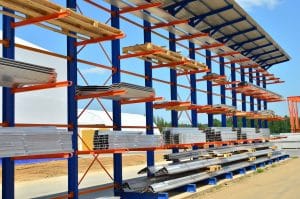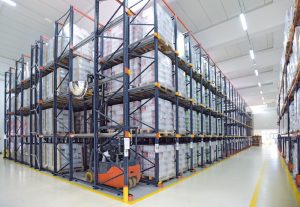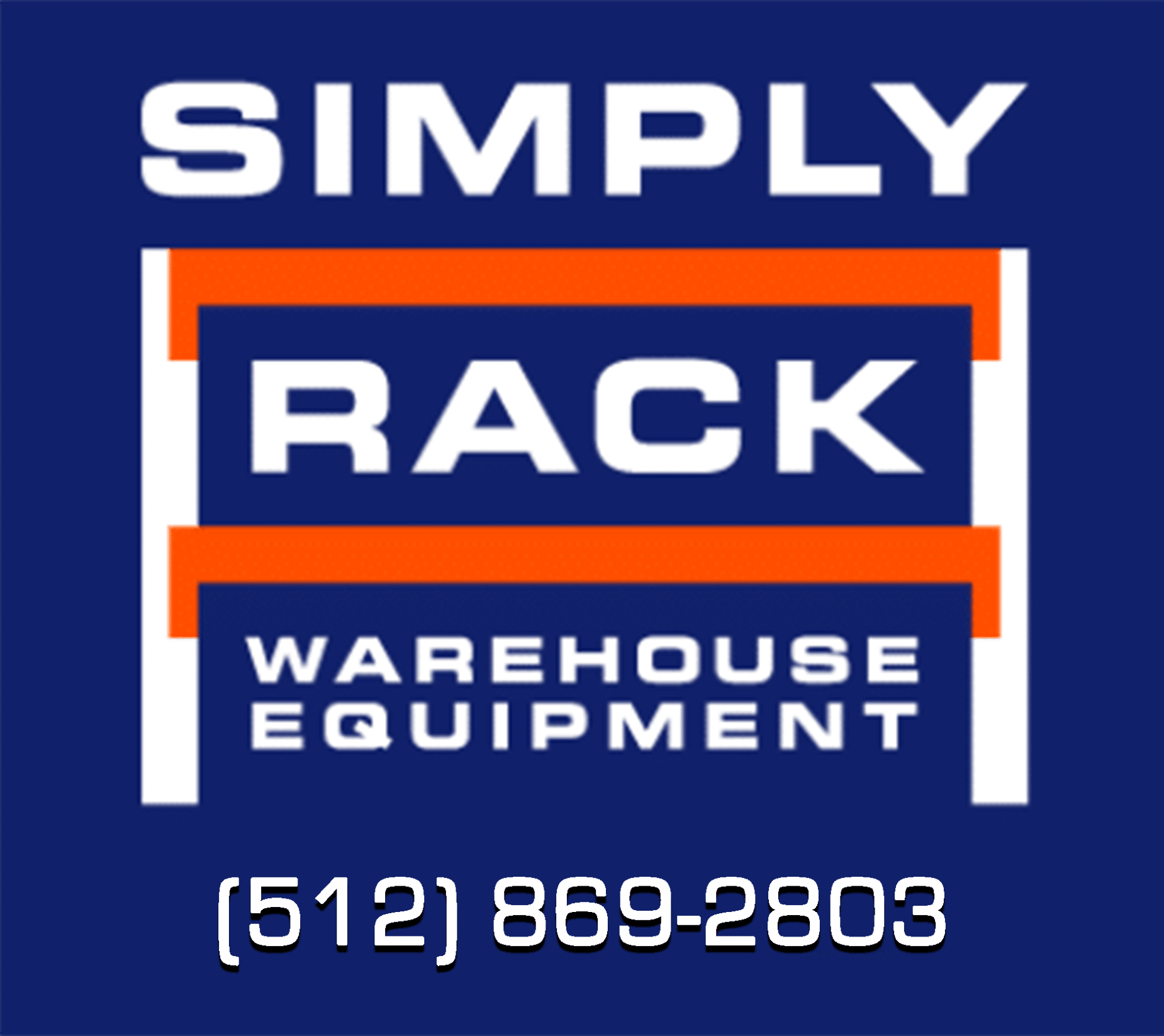How to Choose the Right Pallet Racking Supplier
Pallet racks are an efficient way to store inventory, especially in warehouses. This efficiency leads to an increase in productivity. You can take advantage of pallet racks to save time, increase safety, and streamline your efforts.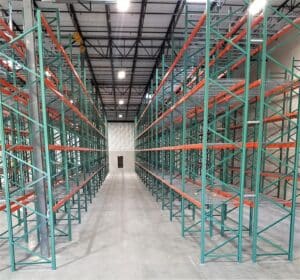
Maximizing Organization
Maximizing your inventory organization directly relates to increasing productivity. You can categorize and store your inventory in any way you want, from type to size. This makes locating and accessing individual items quicker, saving your employees time and reducing the risk of mistakes. This is further highlighted with the different types of pallet racks that utilize first-in-first-out systems, last-in-first-out-systems, and more. Buying pallet racking locally can also help maximize your organization efforts with easy customizability and supporting your local community.
Increasing Safety
Pallet racks increase safety for your employees and inventory, resulting in fewer disruptions from accidents or damage. This also ends up saving time and money to be used for other projects. Even the most heavy and bulky inventory items can be safely stored and accessed with cantilever pallet racking. With the proper training and maintenance, pallet racks are safe and accessible, resulting in increased productivity.
Streamlining Efforts
Pallet racks are organized, accessible, flexible, scalable, and customizable. There is a pallet rack solution out there for you, whether you need our popular teardrop racks or more! This personalization for your business naturally streamlines your efforts towards your goals. Everything can be catered to your workflow and the future of your business, increasing productivity in the process.
If you are looking for new or used pallet racking, Simply Rack is here to help! Contact us today with any questions or to discuss your project!
